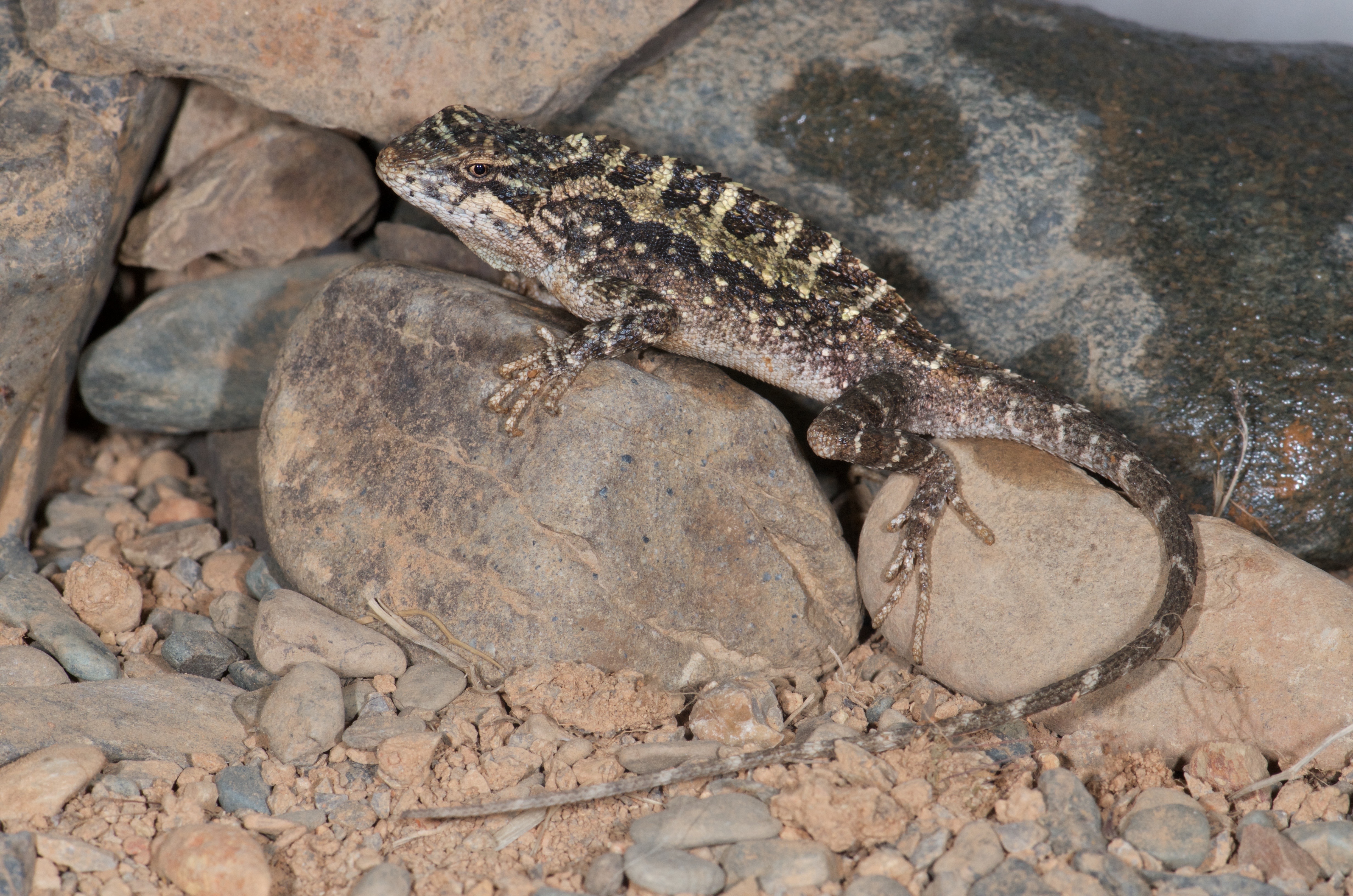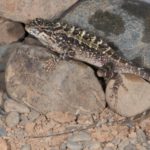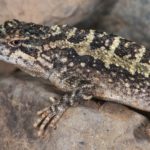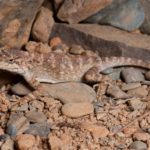New species of Japalura in Tibet highlights the need for more riverine habitat conservation

A new species of dragon lizard was discovered from the valleys Eastern Tibet, PR China, which provides further information about the biogeography of the river system in the region.
As the direct result of continental collision, the Tibetan Plateau and its surrounding regions provide an ideal system to investigate how complex geographic events affect the evolution of living organisms. However, because of the political reasons, the region is understudied, and little is known about the biodiversity of the region. For the last century, only a handful of field surveys have been done in Tibet, and among them even fewer looked at the herptile diversity in detail.
Recently, our Master student Kai Wang and his colleagues from the Chinese Academy of Sciences completed a five-year survey of amphibian and reptile diversity in Tibet. As part of the results, they discovered a new species of dragon lizard in the genus Japalura. The new species, Japalura vela, which lives in the arid valley of upper Mekong River, was named after its diagnostic sail-like, continuous vertebral crest in males.
Members of the genus Japalura show a high micro-endemism that corresponds to the river systems in eastern Tibet, which is further supported by the discovery of the new species. Such unique distribution pattern implies an interesting biogeographic history of the region. Additionally, with the increasing damming of major rivers in eastern Tibet and surrounding areas, our discovery of cryptic diversity of vertebrate animals in the region raises attention to the conservation issue of the hydropower developments in the region.
Wang, K. K. Jiang, G. Pan, M. Hou, C.D. Siler, and J. Che. 2015. A new species of Japalura (Squamata: Sauria: Agamidae) from Upper Lancang (Mekong) Valley of Eastern Tibet, China. Asian Herpetological Research 6(3): 159–168. pdf
Photo credits: Kai Wang
- Male
- Male
- Female
- Habitat




